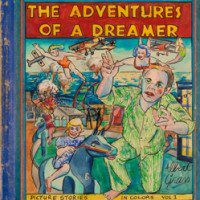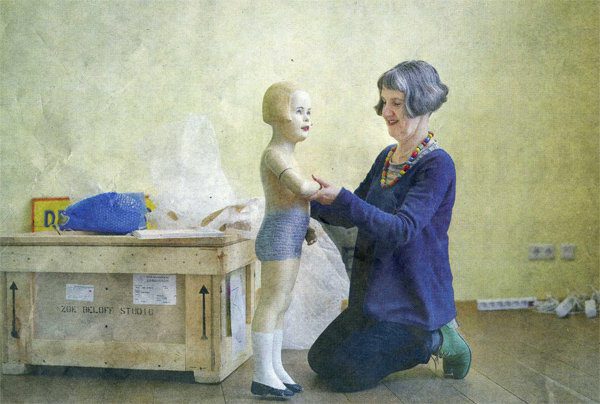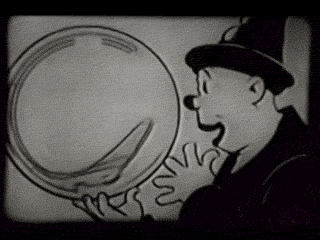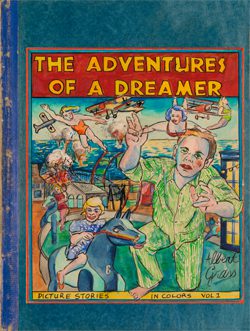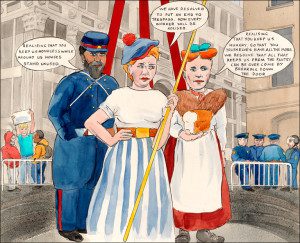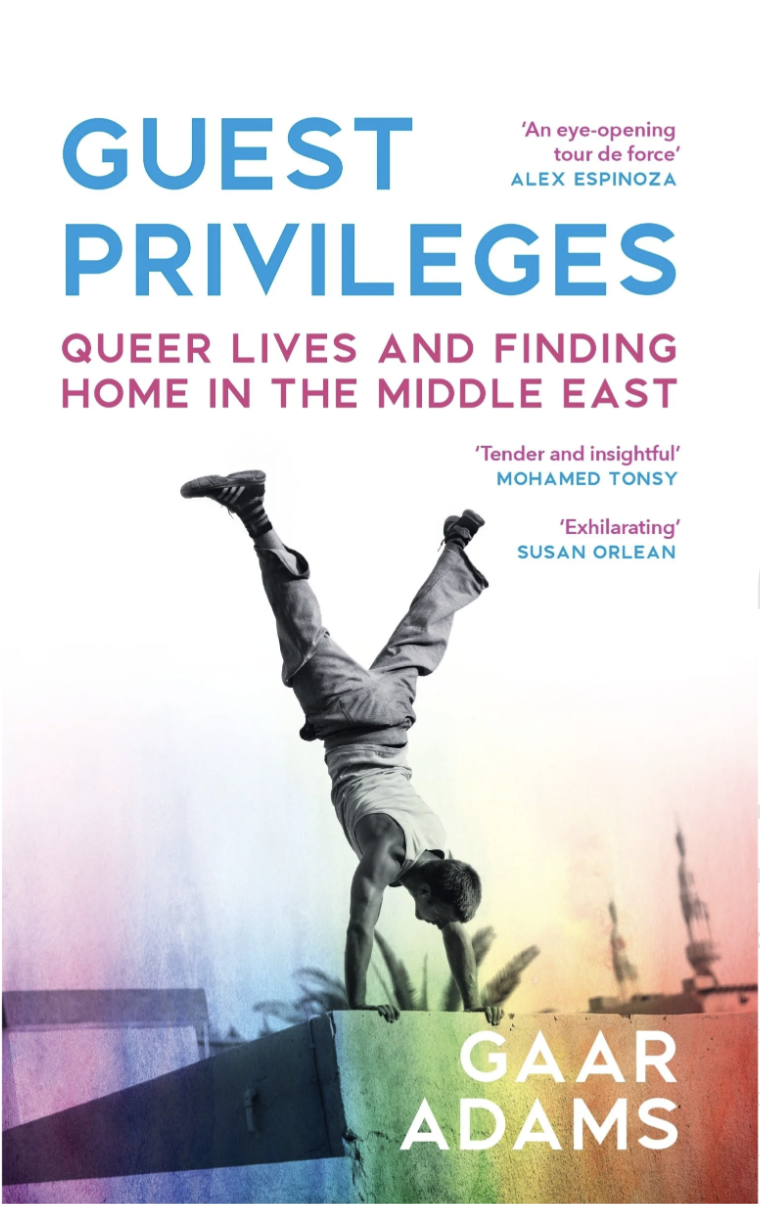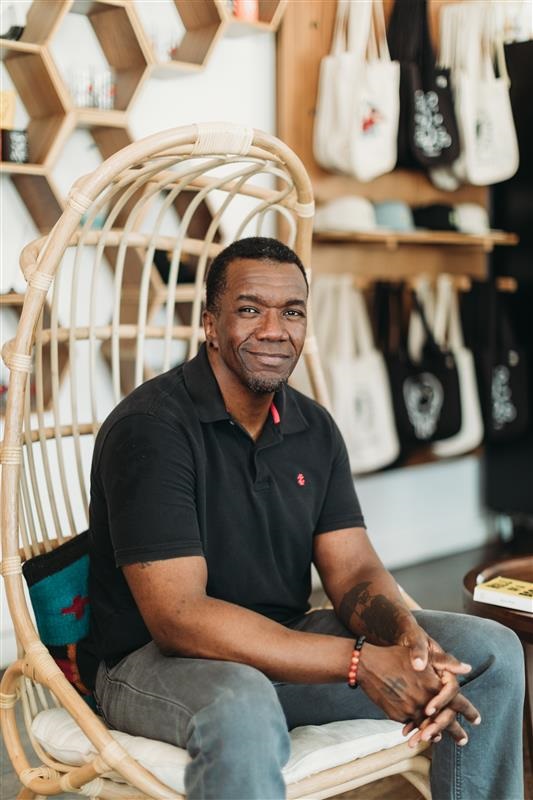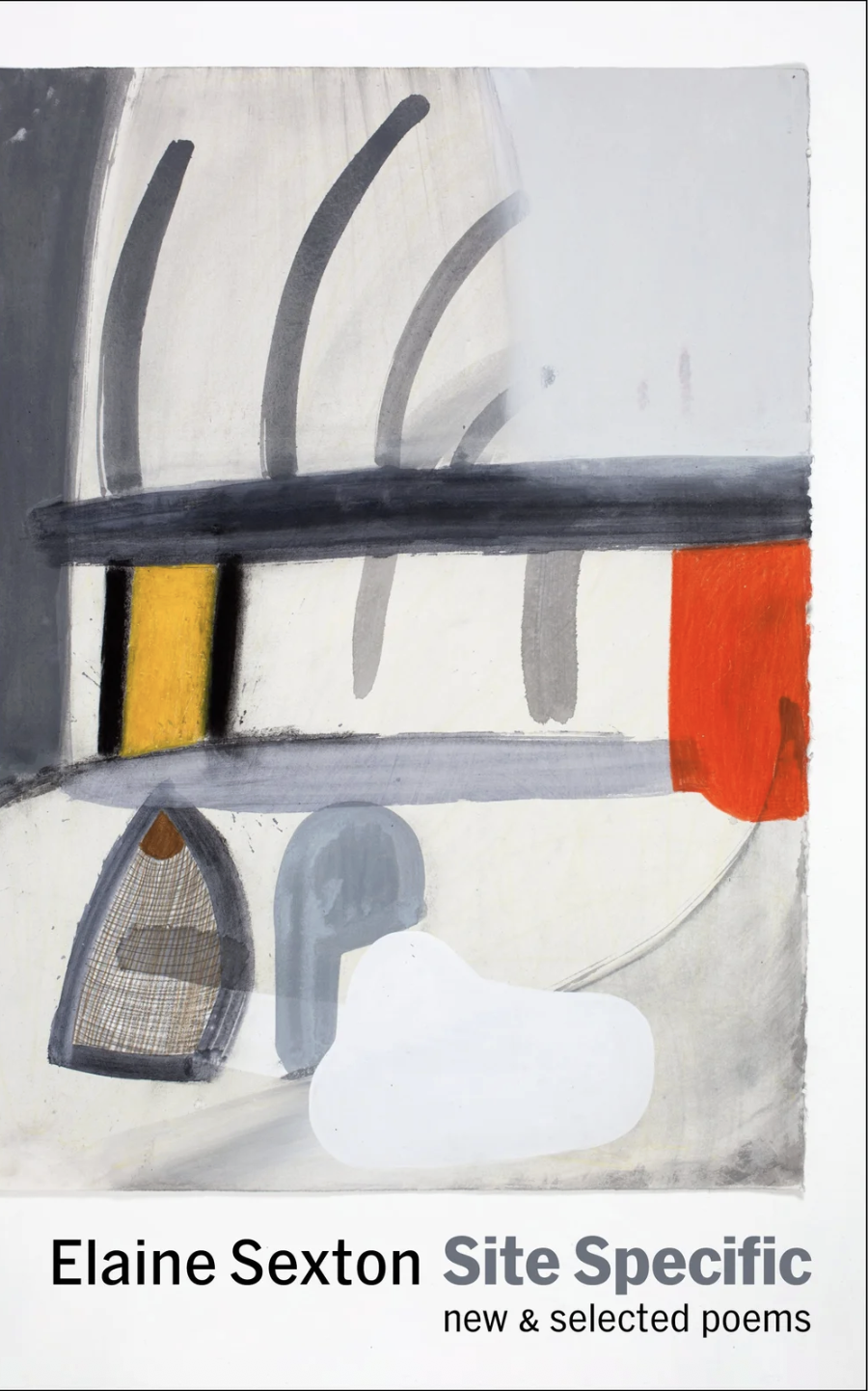The New York Comics & Picture-Story Symposium is a weekly forum for discussing the tradition and future of text/image work. Open to the public, it meets Tuesday nights at 7-9 p.m. EST in New York City. Presentations vary weekly and include everything from historical topics and technical demonstrations to creators presenting their work. Check out upcoming meetings here.
At the 84th meeting of The New York Comics & Picture-Story Symposium, artist Zoe Beloff came to present her work. She has been awarded fellowships from Guggenheim Foundation, The Foundation for Contemporary Arts, The Radcliffe Institute at Harvard and the New York Foundation for the Arts. She is a Professor in the Departments of Media Studies and Art at Queens College CUNY. Her website can be found here.
Beloff began her talk by giving a brief biography. In the late 70s she went art school, and later she attended Columbia University to study film. Beloff had always been interested in telling stories, but not the Hollywood stories Columbia University pushed. As she never found a group of peers that she felt artistically connected with, she surrounded herself with imaginary comrades: Albert Grass, Bertrand Brecht, Sergei Eisenstein, and others.
In the early 80s, she discovered graphic novels. Little Nemo and Krazy Kat became her heroes. However, it would be over 20 years before she was ready to create comics. She also found herself drawn to movie serials, specifically Les Vampires. She was fascinated by how a story could be told in installments.
In 1995, Beloff had no place to show her work and so she began to create Beyond, a weekly video serial. The shorts were filmed at a resolution of 160 x 120 pixels and 7 frames per second. Each would take about an hour to upload. Beyond was filmed on her webcam that was attached to her desktop computer, so it required her to bring the world of the short to the camera. Beloff filmed movies and objects, and combined animation with live action. She described the work as a kind of séance where she was the medium.
In 1997, she created a new webseries in collaboration with the Wooster Group Theatre Company. The series, “Where Where There There Where,” was inspired by the play “Doctor Faustus Lights the Lights” by Gertrude Stein. The series combined live action with Fleischer cartoon clips. A Flash version of the project can be viewed here.
She said she found inspiration from early animated cartoons. She cited the Fleischer Brothers’ “Bubbles” as a major inspiration, and showed a clip.
Beloff went on to discuss her first graphic novel, The Adventures of a Dreamer by Albert Grass. The publication is a collection of four-page comics drawn by Albert Grass, the founder of the Coney Island Amateur Psychoanalytic Society in the 1930s. The first two pages are a splash illustrating the dream, while the second two are dedicated to analysis of the dream. Beloff said that she believed the main character, The Dreamer, was conceived in the vein of Will Eisner’s The Spirit, but that this idea was quickly abandoned.
On why she was drawn to this work, Beloff said:
Grass was a man of my grandfather’s generation, yet as I turned the pages of his journal I began to feel close to him. It is surprising how many of his anxieties seem to speak so directly to our time. He suffered the after effects of a brutal war, he worried about his neighbors being evicted from their homes and losing their jobs. He felt the guilt of an artist who wonders if he should not be engaged in more serious efforts toward social justice. But beyond this, I was touched by his desire to find ways to graphically manifest the unconscious, and although separated in time by more than seventy years, when looking at the the drawings in “The Adventures of a Dreamer” I found myself almost experiencing the uncanny feeling of déjà vu as though I myself had dreamed these adventures too.
She went to describe Grass as her “alter ego.” As for the The Adventures of a Dreamer, Zeloff found it hard to describe whether it is a comic book or dream journal, real or fiction. It is not clear if the comics were directly taken from Grass’s experiences or if pieces were invented.
Beloff went on to talk about being inspired by Occupy Wall Street. In the Fall of 2011, Beloff found herself drawn to Zuccotti park to observe and to sketch the occupiers. She had given up sketching years ago, as she thought it was a pastime of Victorian girls, but felt “drawing history as it happened meant something.” After asking herself the question, “What can I contribute,” she decided upon a staging of Brecht’s “The Paris Commune.” Every weekend from March 3 through May 7, 2012, she and her company rehearsed and performed scenes from Brecht’s play in public spaces. All the props were made of cardboard—the material of the protestors as well as being lightweight—and the performances were recorded and uploaded to the web. The videos of the live-action performances were bookended with illustrations, instead of historical photographs, to pull the play and its message to the present. They can be viewed here.
Finally, Beloff discussed her upcoming projects. She has created the Institute for Incipient Films, the goal of which is to promote potential and speculative films. In other words, her goal is to produce films that were never produced as a way of showing how ideas travel from the past into the future. The first project is to produce the unfinished concept by Upton Sinclair titled “The Glass House.” Beloff showed a few unfinished clips from the project, which incorporated animation and live action.
***
Image list:
1. Zoe Beloff portrait, from Zoe Beloff’s website
2. “Bubbles” Public Domain Review website (http://publicdomainreview.org/collections/animated-gifs-fleischers-bubbles-1922/)
3. The Adventures of a Dreamer, cover
4. “Harvard,” from The Adventures of a Dreamer
5. Cover Image from The Days of the Commune website
***
About the Author: Stephen Moles is a writer who lives in Brooklyn.
